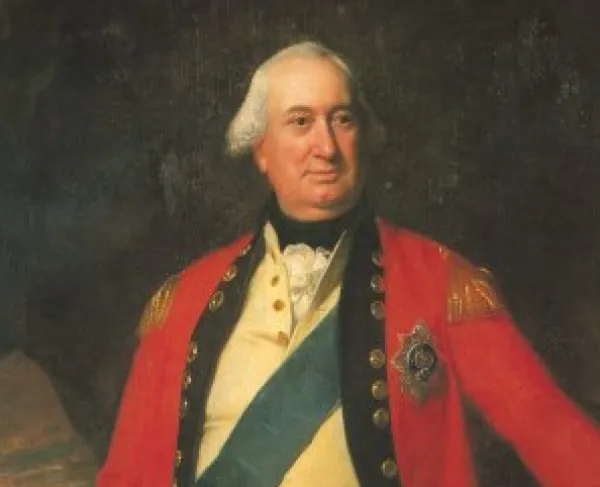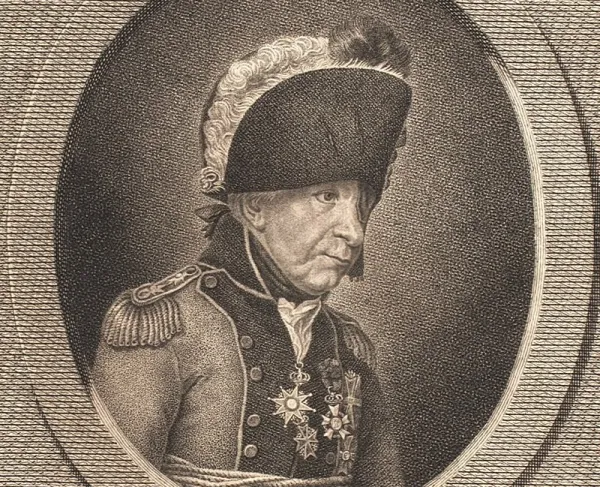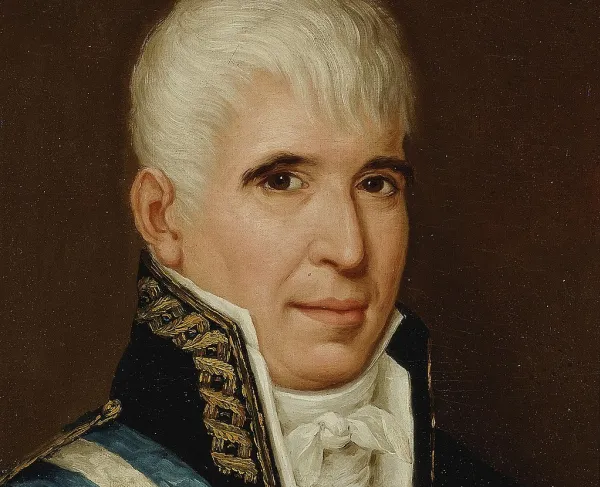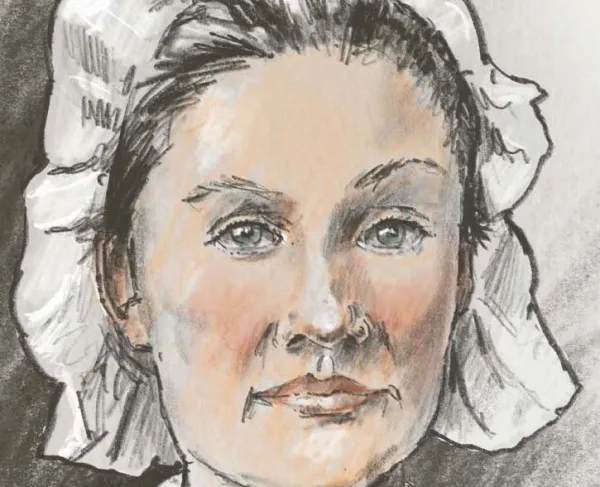Charles Cornwallis

Charles Cornwallis was born on New Years’ Eve to an English ruling class family. His father Charles, a Baron, sent Cornwallis to Eton, an exclusive private school, then to a military academy in Turin, Italy. Charles the 5th eventually bought his son an Ensign’s commission in the 1st Regiment of Foot Guards, activating Cornwallis’s military career.
Cornwallis began his military career in earnest during the Seven Years’ War, transferring to the 12th Regiment of Foot and serving in Germany for three years. After his father passed away in 1762, he replaced him as Earl and took his seat in the House of Lords. During the first few years of his earldom, tensions between American colonists and the British crown rose to a boiling point. Cornwallis sympathized with the colonists and voted to repeal the Stamp Act; he was one of only five members to vote for this motion.
Colonial sympathies did not prevent him from serving the crown in the Revolution. In December 1775, following the Battle of Lexington and Concord, Cornwallis received a promotion to the rank of lieutenant general and departed for America. He participated in the first British expedition against Charleston and fought in the New York and Philadelphia Campaigns.
In 1779, after a stalemate in the north, Cornwallis went south as second in command to Sir Henry Clinton. Clinton captured Charleston in May 1780. He soon returned to New York, leaving Cornwallis to secure South Carolina. Cornwallis pressed on to defeat General Horatio Gates at Camden, South Carolina, on August 16, 1780.
That fall, British fortunes in the South began to shift. American forces emerged victorious at the Battle of King’s Mountain in October and forces under Francis Marion and Thomas Sumter continued to plague Cornwallis’s men throughout the winter. American troops followed their success at King’s Mountain with a victory at the Battle of Cowpens in January 1781. The battle, which devastated Cornwallis' light troops, was a major turning point in the war in the South. American forces continued to inflict heavy losses on Cornwallis and his men, most significantly at the Battle of Guilford Court House.
After Guilford Court House, Cornwallis withdrew toward the coast to rest and refit his army. That spring, he decided to carry the war north to Virginia where he ultimately surrendered to a combined Franco-American force at Yorktown on October 19, 1781. A prisoner of war, Cornwallis was later exchanged for Patriot Henry Laurens, former President of the Continental Congress. Defeat failed to stymie the Earl’s career and he went on to serve as Governor General of India and Lord Lieutenant of Ireland. He died in India in 1805.
Related Battles
389
8,589


